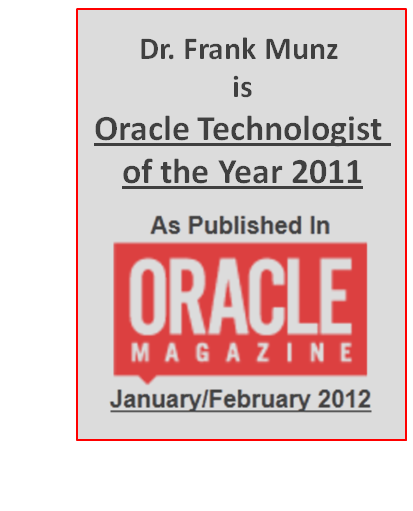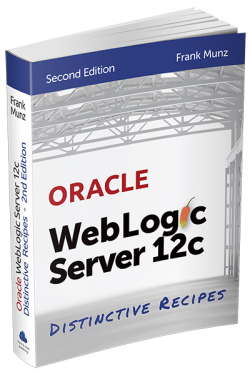 For an updated version of this workshop see here or contact me directly.
For an updated version of this workshop see here or contact me directly.
I’ll be offering a 2-day cloud computing workshop 2+3. May 2011 in city center of Munich. A second event is planned for Sydney later this year and will be announced by the Australian Oracle User Group.
After a basic introduction and the discussion of common misconceptions we will cover advanced topics such as how to achieve true elasticity, load balancing in clouds, queueing, notifications and databases in clouds. This workshop is centered around Amazon Web Services (AWS) technologies such as EC2 EBS images, RDS, SQS, SNS, ELB etc.
The workshop includes a free copy of my Middleware and Cloud Computing book, printed course material, a pre-configured lab environment to take home as a virtual image on DVD.
Please contact me via email for registration and further details.




 Oracle WebLogic Server 12c Book
Oracle WebLogic Server 12c Book Oracle Middleware and Cloud Computing Book
Oracle Middleware and Cloud Computing Book